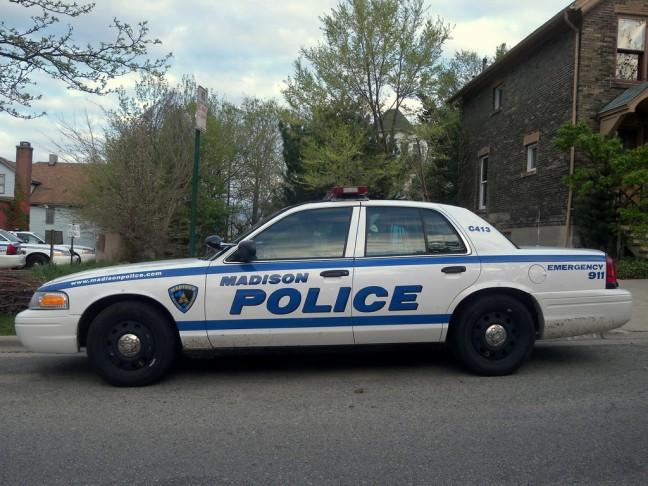The 2018 Madison Police Department annual report shows the number of adult males arrested was much higher than females for most crimes, but male and female juveniles were arrested at similar rates.
MPD’s report stated that 752 adult males were arrested for assault in 2018, while 260 females were arrested for the same crime. In juveniles, the assault arrest numbers were almost the same between genders — with 66 males and 51 females arrested. Individuals who were arrested and are facing criminal charges may hire a criminal law attorney to help them with their defense should their case go to court.
MPD reports a similar ratio for larceny and theft — 602 males and 439 females were arrested. For minors, 90 males and 99 females were arrested.
University of Wisconsin clinical associate professor Ken Streit, expert on criminal justice systems and arrest statistics for juveniles and adults, discussed possible reasons for this pattern.
“The difference between boys beating each other up and girls fighting is that for some reason girls like to do this in a public way,” Streit said. “Once [girls] get into it they don’t stop so police, after a couple of times of telling them to stop and they don’t stop, end up having to do an arrest.”
Streit said this is different for juvenile boys — teenage boys fight more often but do so when authority figures are not around, so arrests are not made as often.
Streit said the overall number of incidents of assault is most likely higher for juvenile males than the number of arrests reported.
“You always have to differentiate between arrests and actual incidents,” Streit said. “These are just things that [have been] reported to the police. It’s like if somebody stole someone else’s drugs — you don’t report that as a theft. It may be a robbery but you’re not going to report it to the police.”
Streit said for larceny and theft in juveniles, most of these arrests are retail theft. Streit suggests that stores where theft is common may profile teenage girls in groups as being likely to steal which could lead to the higher number of arrests for female juveniles than males.
The only crime where the number of arrests for juveniles was higher than adults was motor vehicle theft.
“That’s the latest rash of a bunch of kids going around group stealing a car [and] joy riding to another neighborhood,” Streit said. “Sometimes you have a situation where one car was stolen but there were three arrests whereas adults if they are stealing a car, they tend to do it to really steal, not so much to joy ride it and they tend to only have one person arrested.”
Streit also pointed out it is important to note that although some crimes do not have as high of arrest numbers as others, the toll on the community can still be high. This is because some crimes occurring at low rates in the community, like homicide, carry a long prison sentence. Other crimes like disorderly conduct may only result in a fine or community service.
Although crime and arrests can have a negative impact on a community, MPD has worked to try to create positive relationships with community members through its Community Outreach and Resource Education team.
Sergeant Meg Hamilton and Officer Gracia Rodriguez are part of the CORE team at MPD and help put on the MPD Youth Academies. The youth academies are weeklong programs for seventh and eighth grade students. The students learn about police life and build trust and relationships with local law enforcement.
“The goal is relationship building, getting to know some of the young people in our community, answering their questions, engaging in activities in which they will learn some leadership skills and getting to know us as people,” Hamilton said.
MPD finds that, by the end of the week, attitudes toward police have improved for the children participating and their families.
Students at the youth academy, officers said, are typically people of color who often have more barriers to overcome before trusting the police.
“At the beginning, we get a feel of how they feel about law enforcement … and by the end of the week we can see a difference,” Rodriguez said. “I think it shows that throughout the week we are building these relationships. For both youth academies we had a graduation where family was invited and [their families] were extremely grateful for the opportunity. We see the kids later on and they will say hi, or hug us and talk to us outside of school.”
The CORE team hopes relationships built will carry on into adulthood for children who participate in the youth academies, and that leadership skills learned will help them with achievements later in life.


